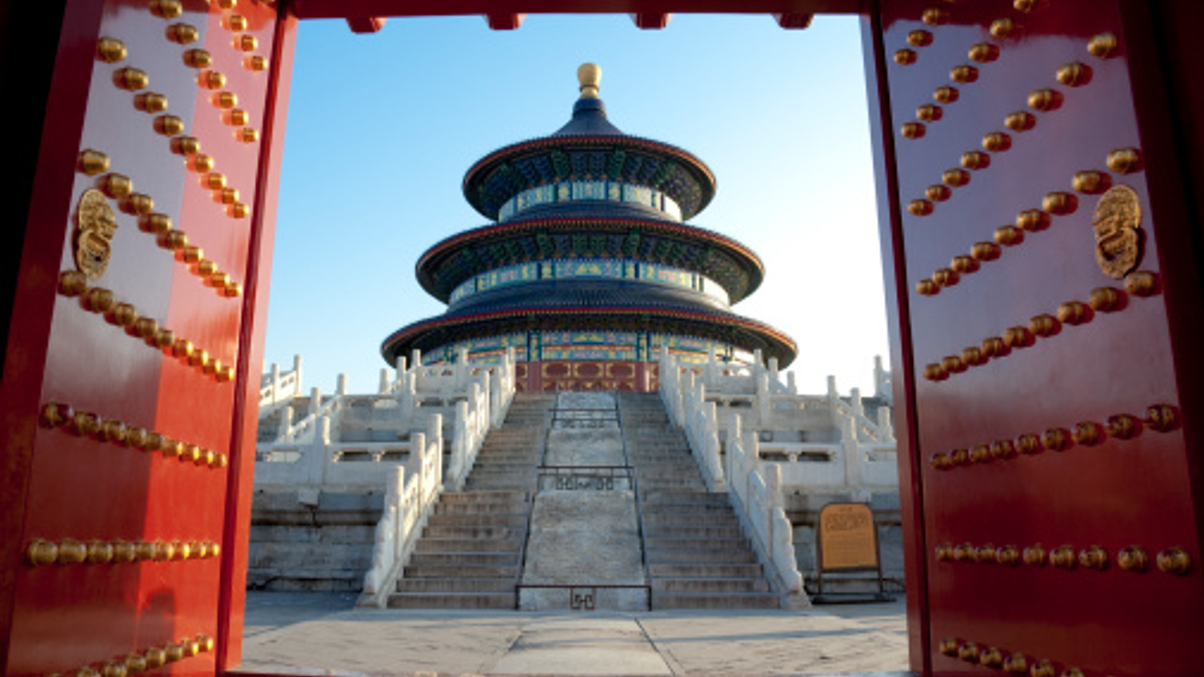ICBC Credit Suisse AM licenses S&P China 500
The offshore arm of ICBC Credit Suisse Asset Management has gone for a new China equity benchmark that is more diversified than most, as it seeks to build its international client base.

ICBC Credit Suisse Asset Management (International) has become the first fund house to license the new S&P China 500 Index, in a move aimed at expanding its client base.
Sign in to read on!
Registered users get 2 free articles in 30 days.
Subscribers have full unlimited access to AsianInvestor
Not signed up? New users get 2 free articles per month, plus a 7-day unlimited free trial.
¬ Haymarket Media Limited. All rights reserved.


